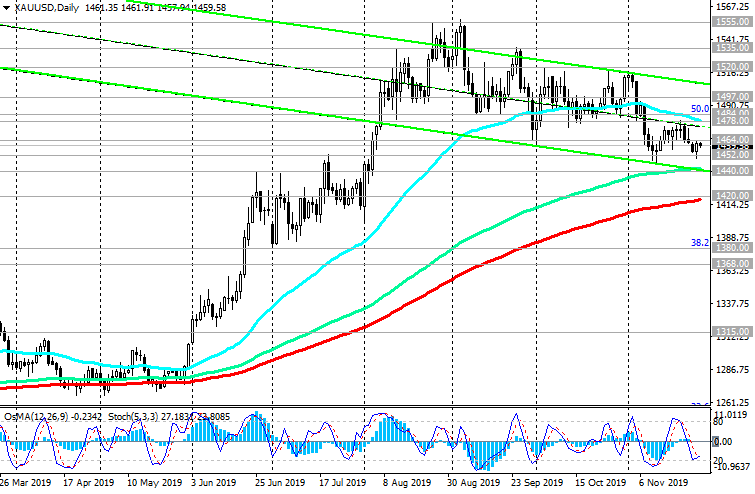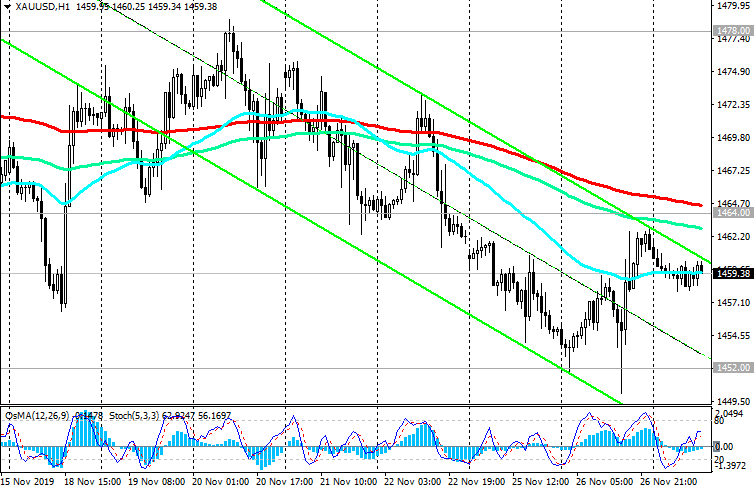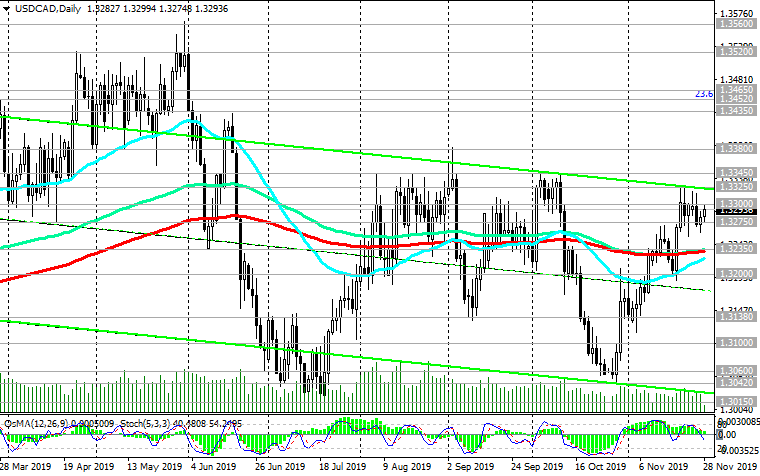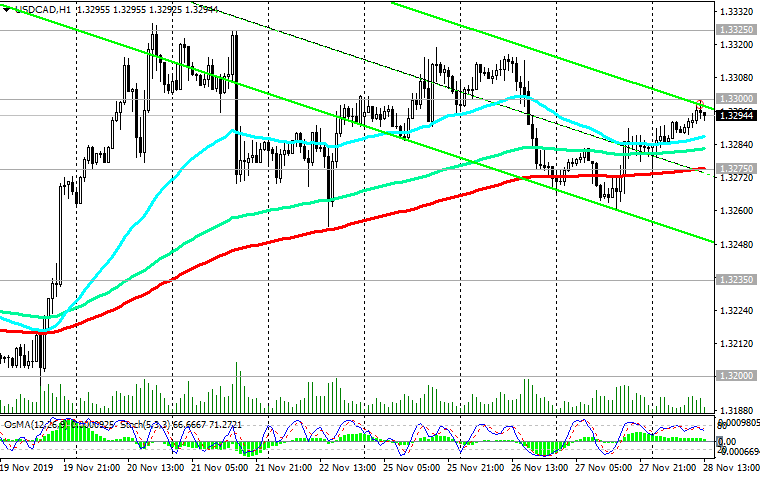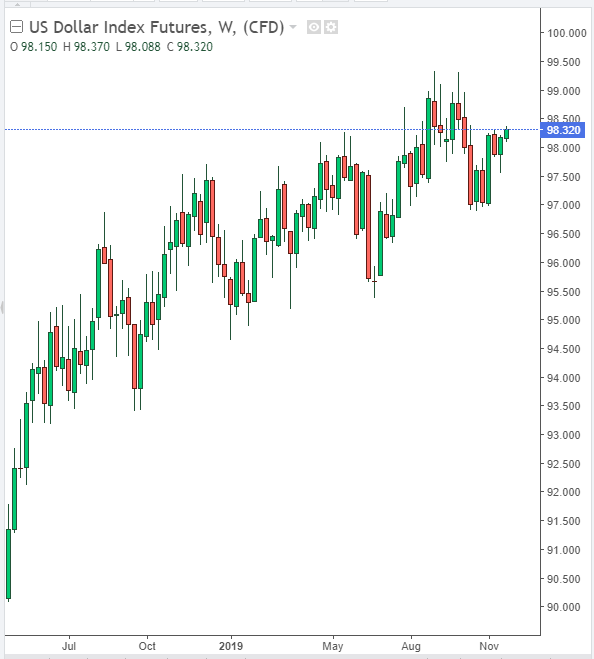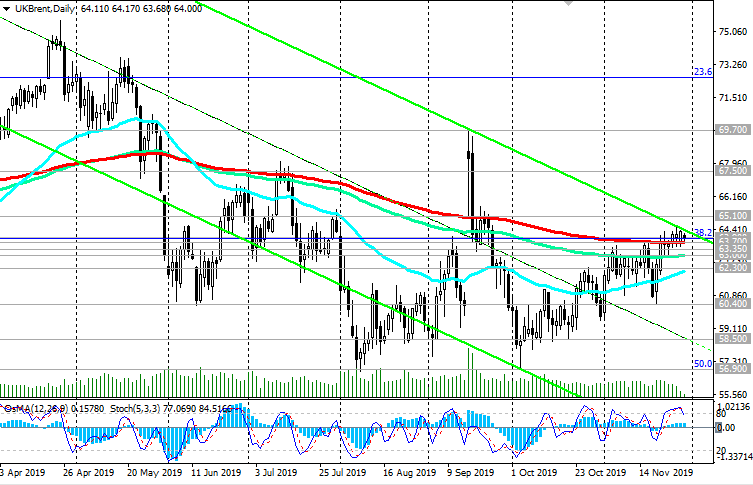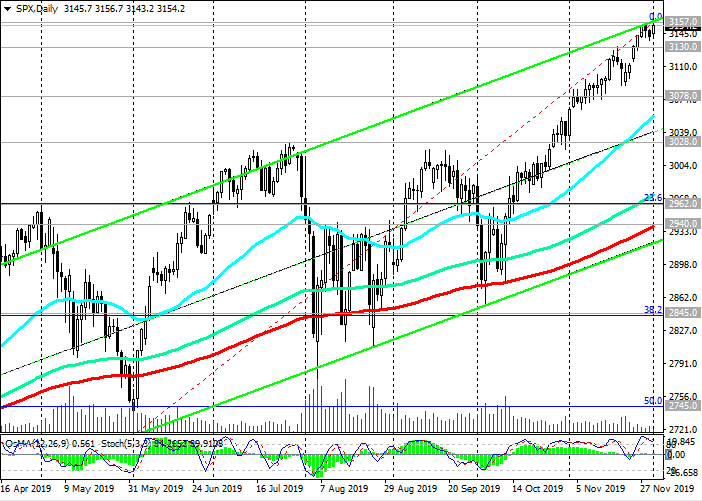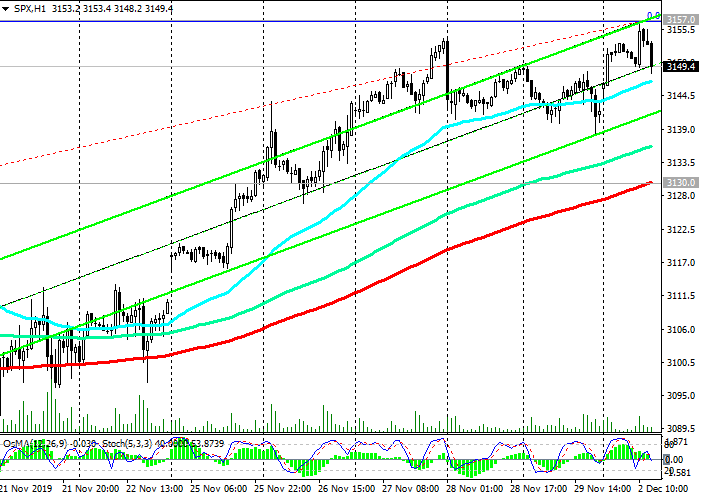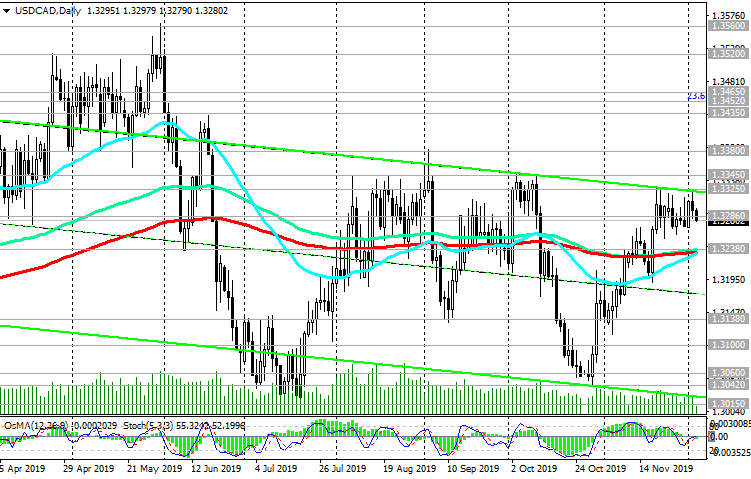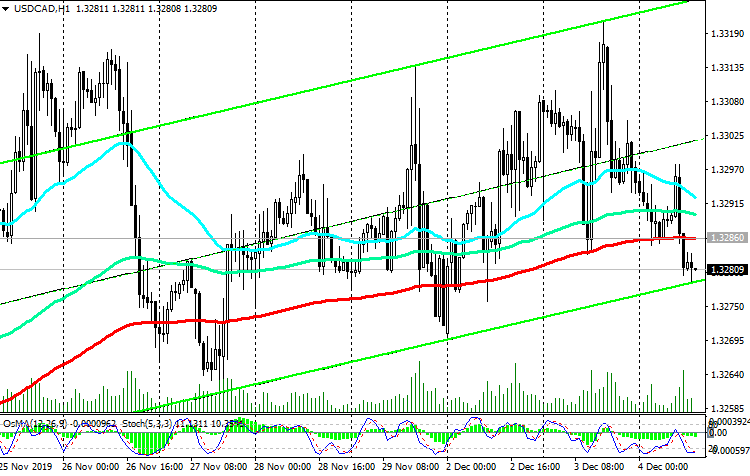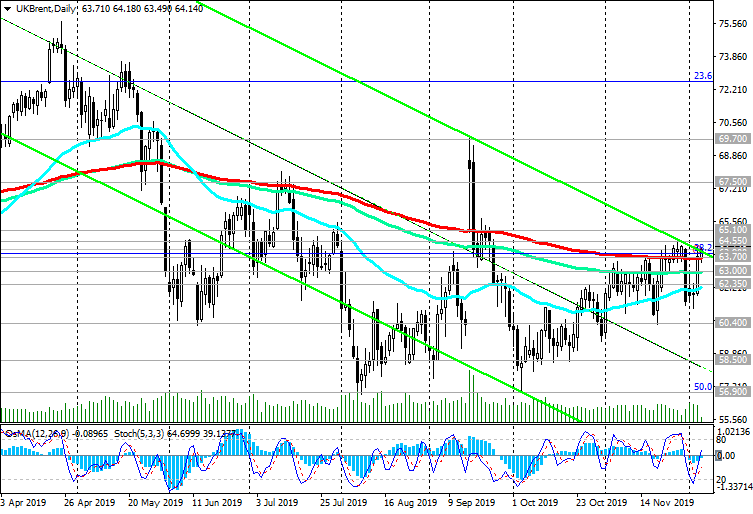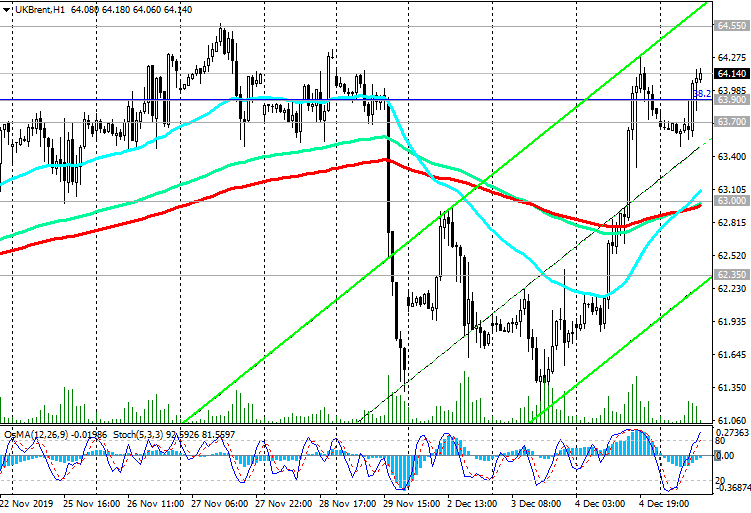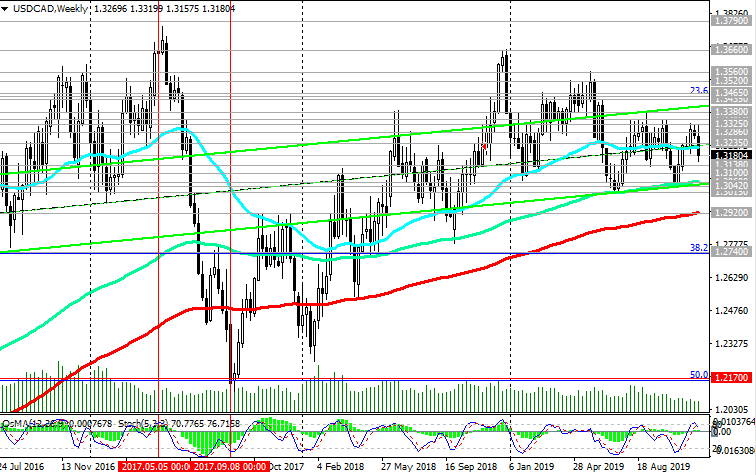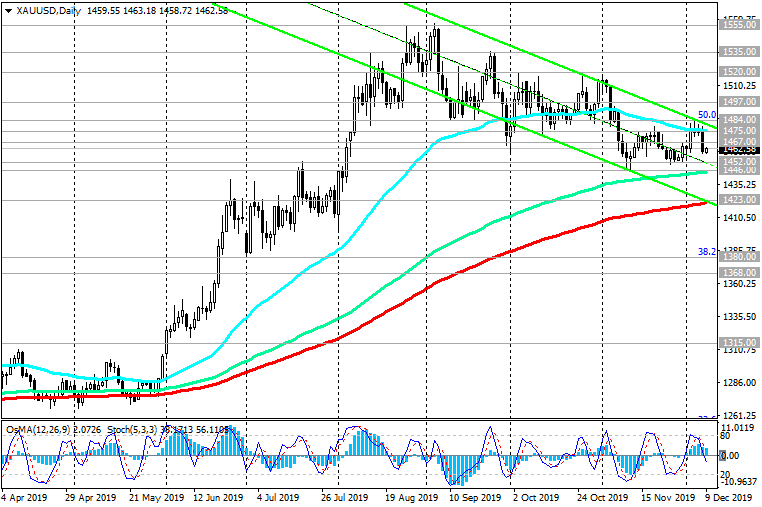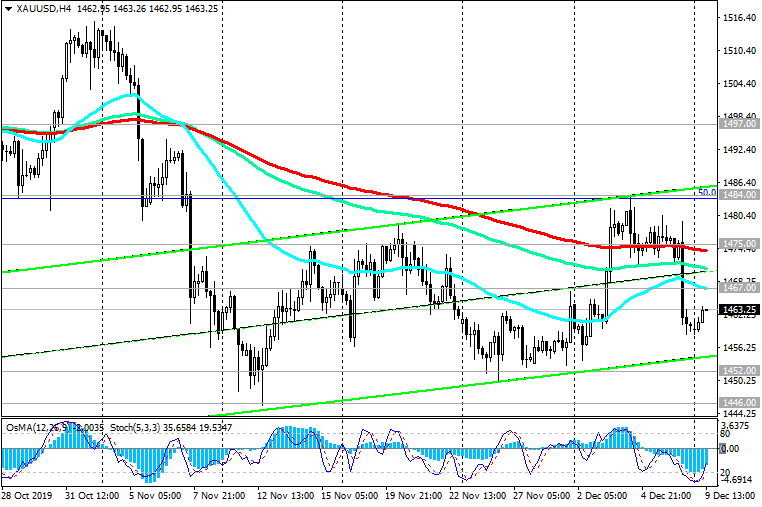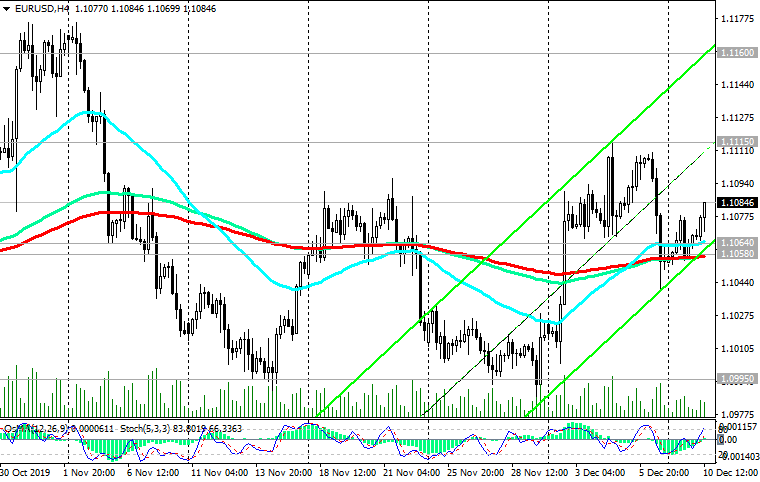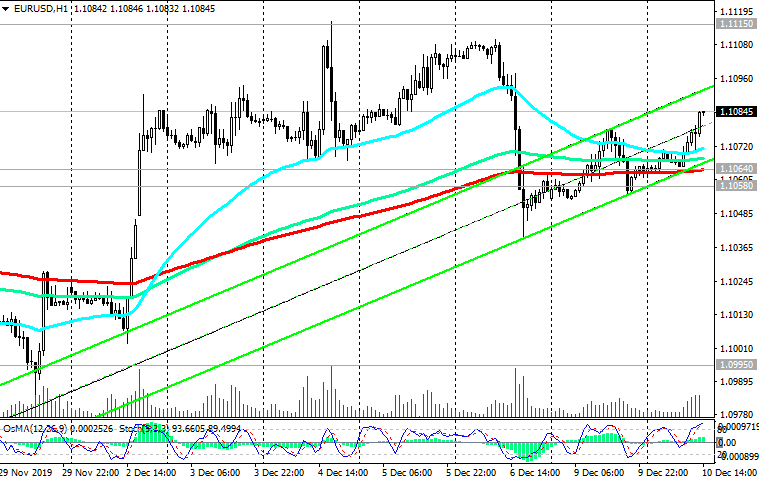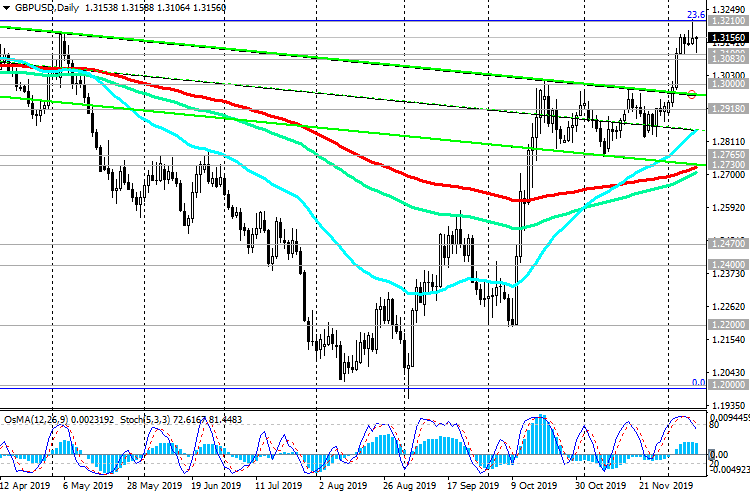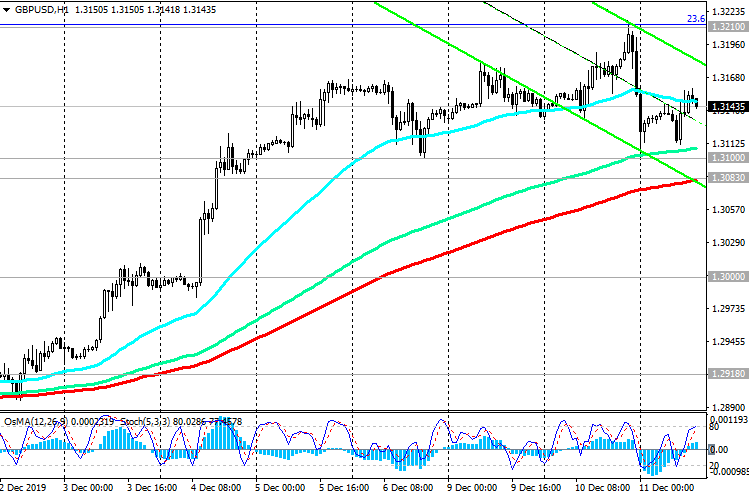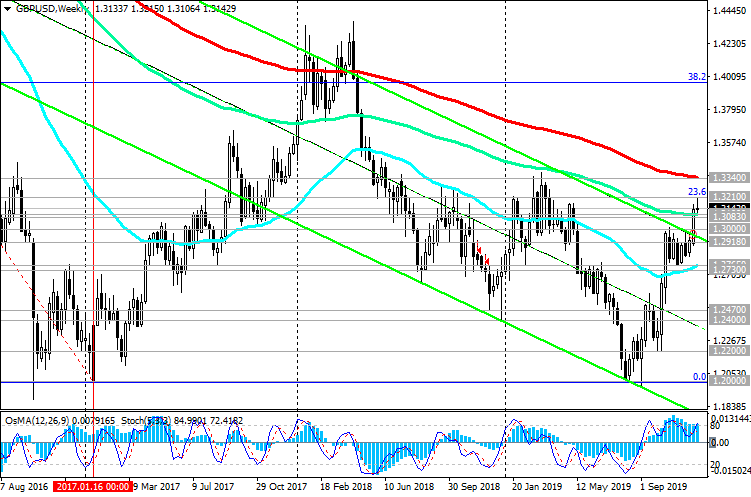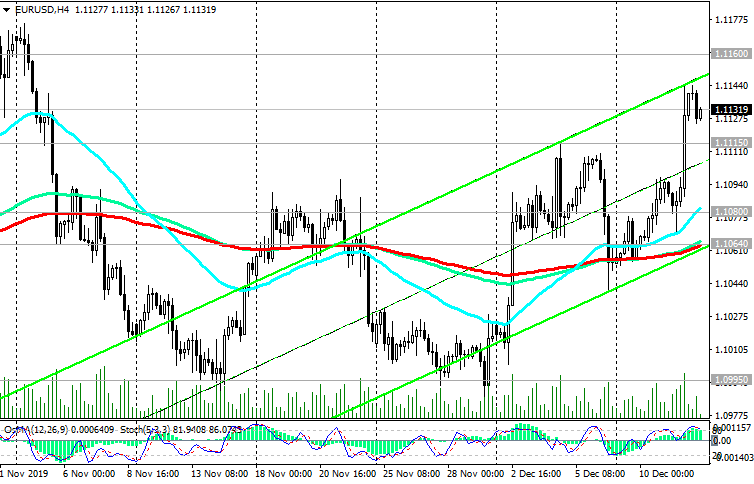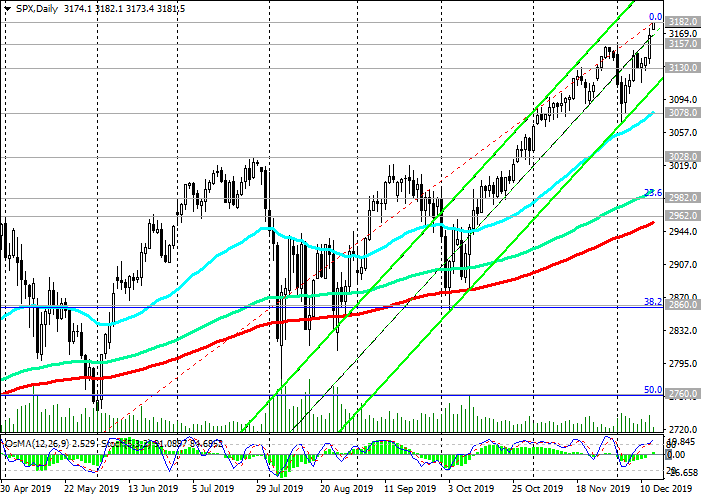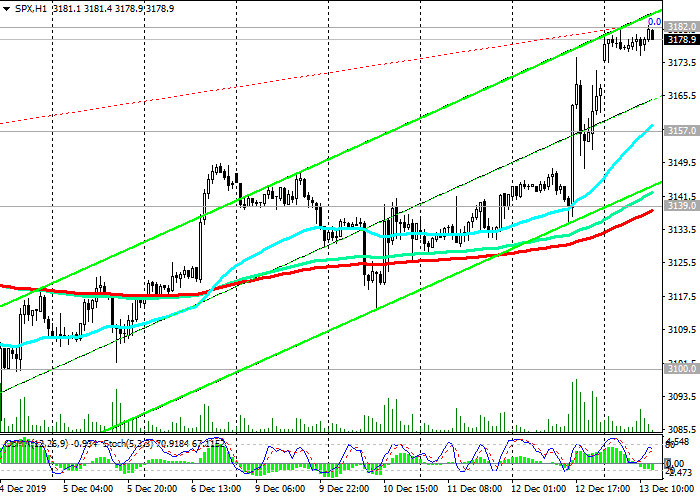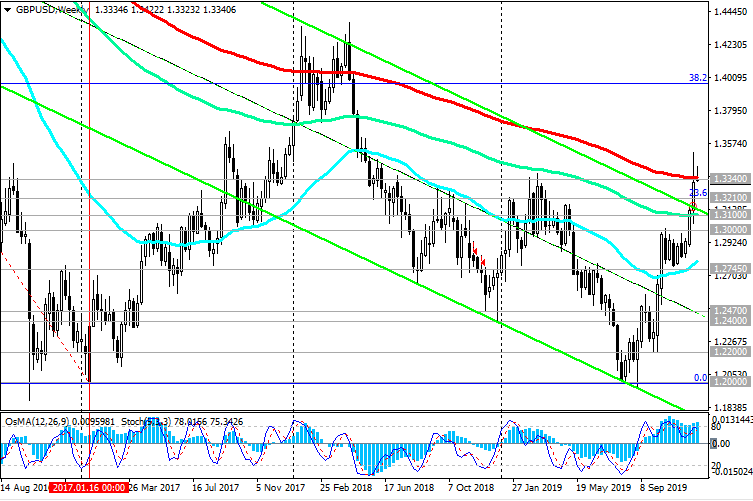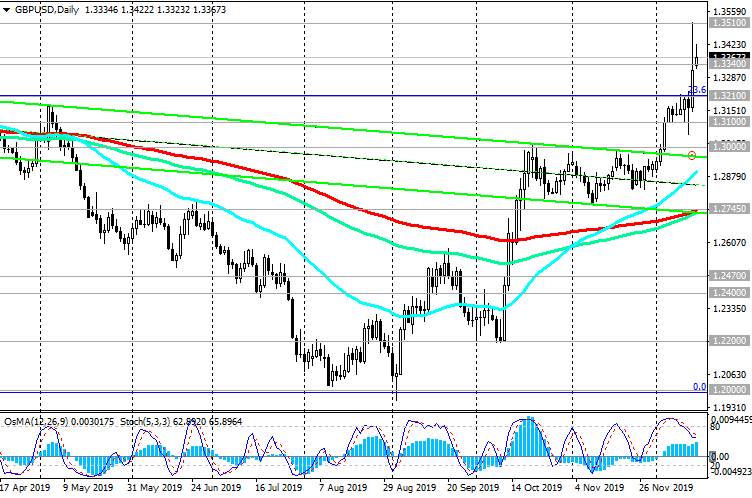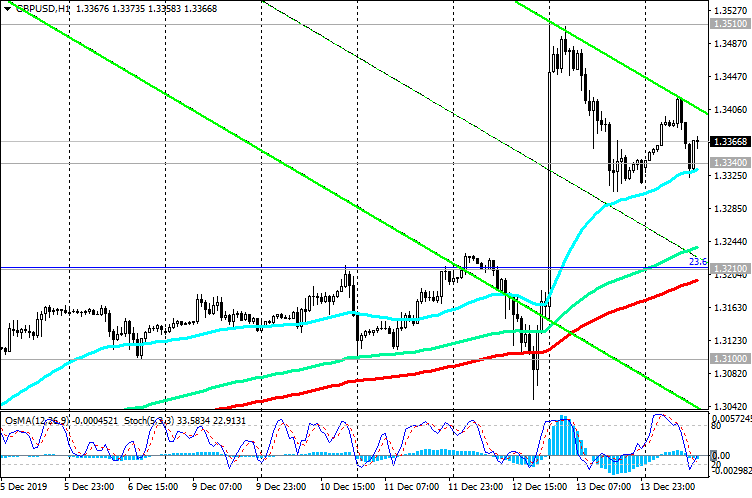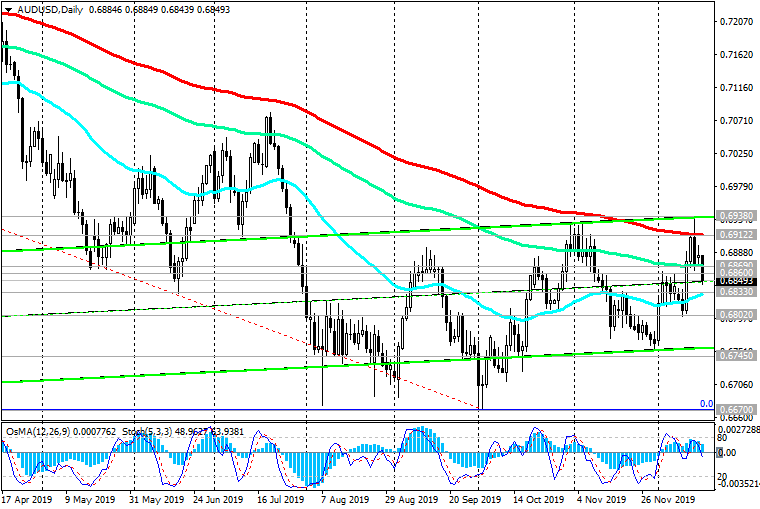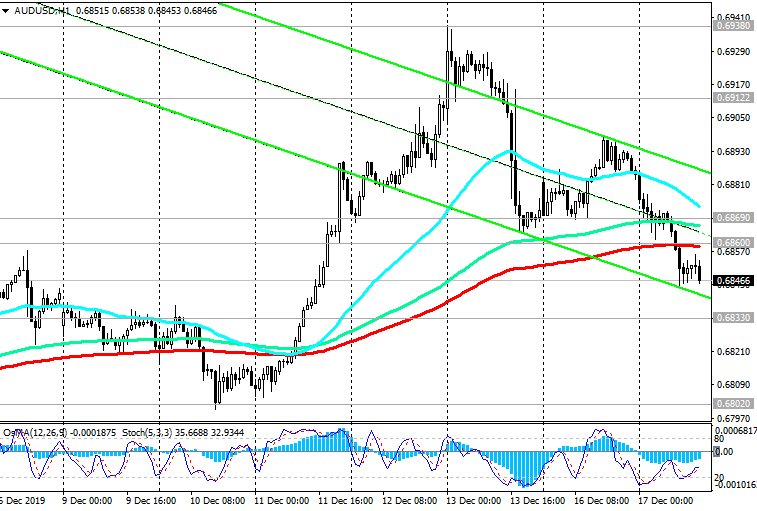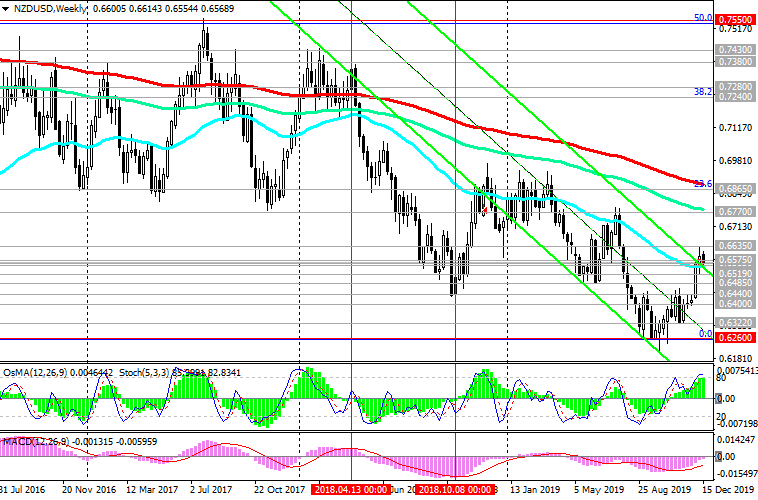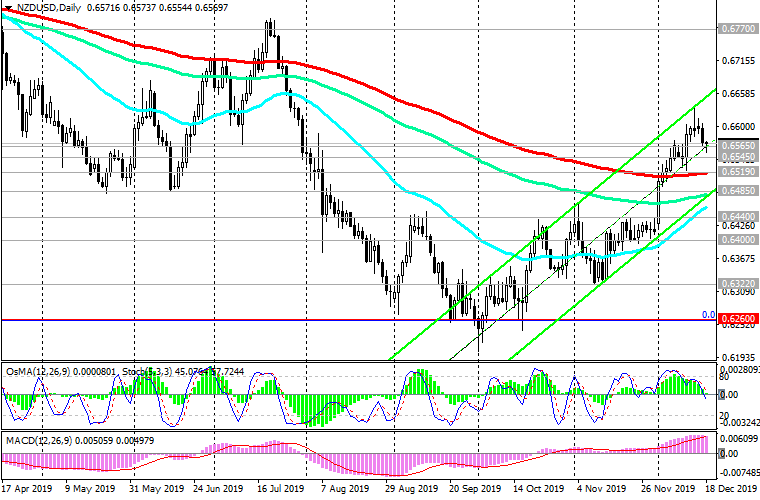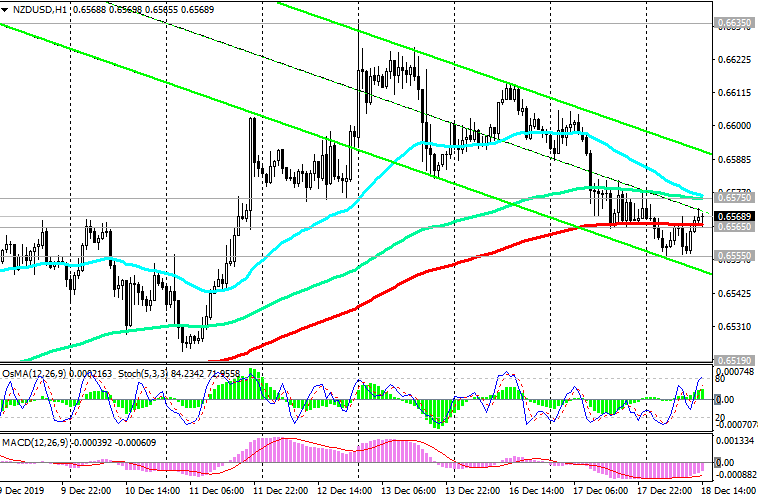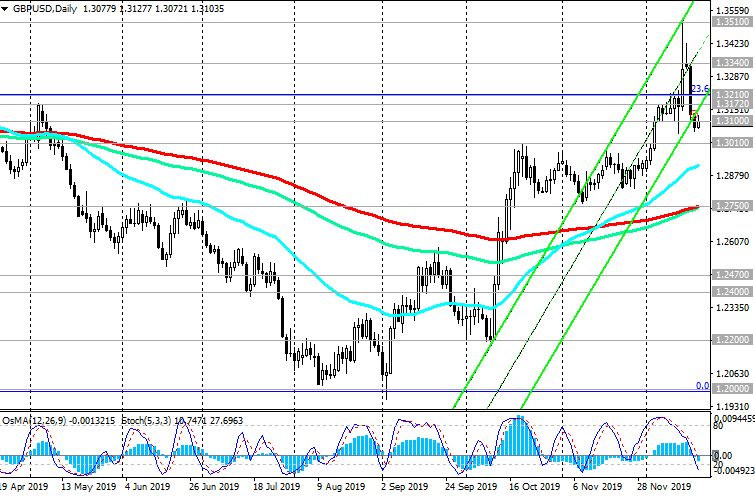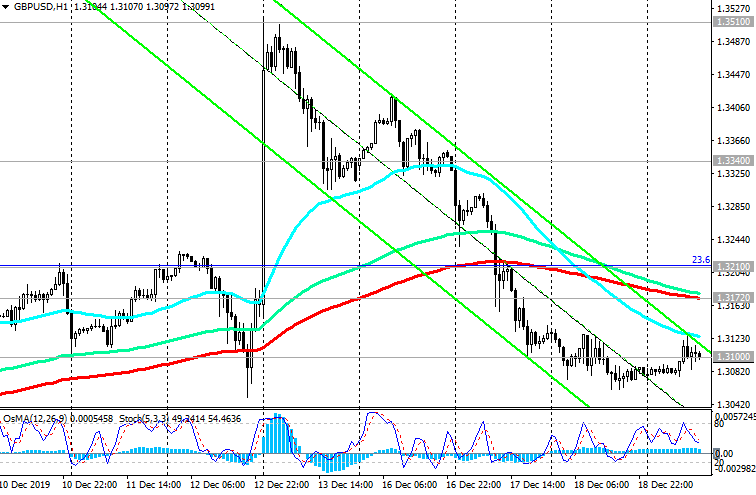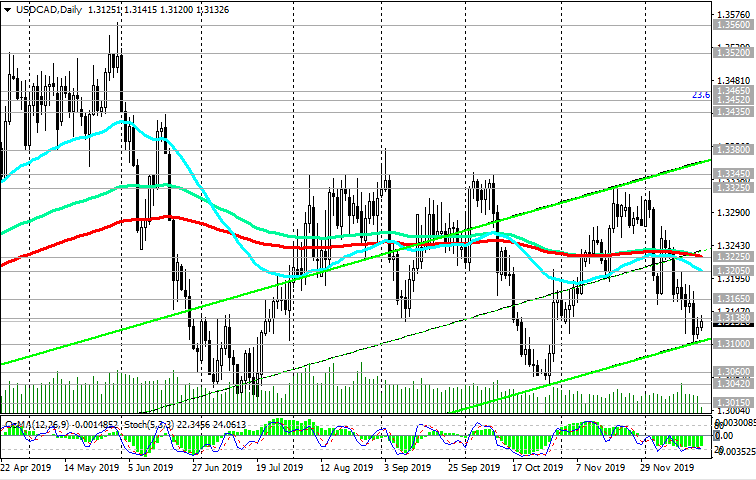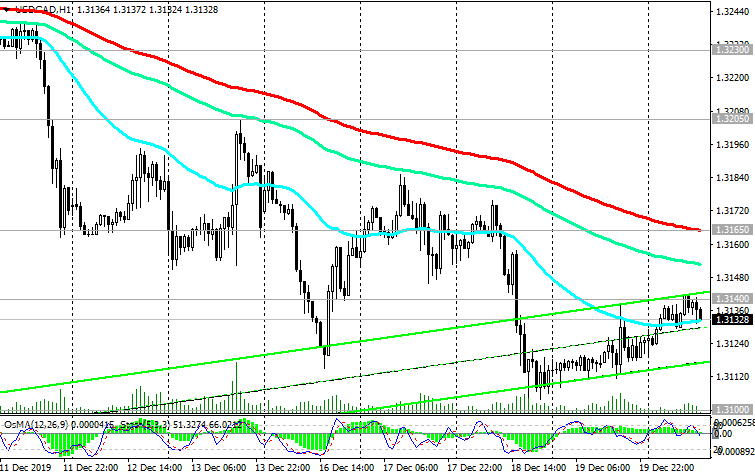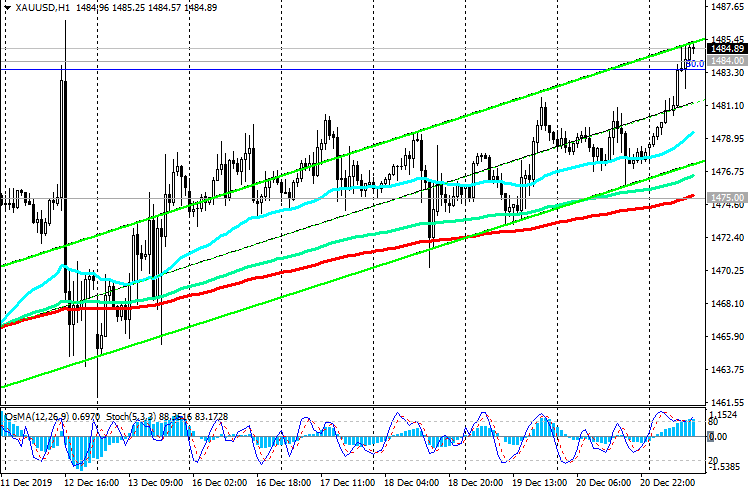TifiaFX
Established member
- Messages
- 641
- Likes
- 0
AUD/USD: Current Dynamics
11/26/2019
AUD / USD remains in a long-term downtrend. Disappointing data from the Australian labor market, according to which unemployment rose in October by 0.1%, contributed to a sharp weakening of the Australian dollar and the fall of the pair AUD / USD.
OsMA and Stochastic indicators on the weekly and daily charts are on the side of sellers.
In case of further decline, the targets will be the support levels of 0.6670 (lows of 2019), 0.6600, 06570 (the lower line of the downward channel on the weekly chart).
The distant target is located at support levels of 0.6260, 0.6000 (lows of 2008 - 2009).
A signal for the development of an alternative scenario could be a breakdown of the resistance level 0.6802 (ЕМА200 on the 1-hour chart).
However, the growth of AUD / USD will be limited by resistance levels of 0.6875 (ЕМА144 on the daily chart), 0.6920 (ЕМА200 on the daily chart).
Despite the recent lower interest rates and lower income taxes, consumer confidence in Australia last week fell to its lowest level in more than four years. Consumers' assessment of the future prospects of the Australian economy is currently at the lowest level in the history of this survey.
This year, Australia's central bank lowered its key interest rate three times (to the current record low of 0.75%), and markets expect another cut in early 2020.
The next RBA meeting on monetary policy will be held next week. It will take place against the backdrop of rising unemployment (up to 5.3% in October), weak GDP growth and declining consumer confidence.
If the RBA decides to lower the rate already at this meeting, then AUD is likely to fall under mass sales.
RBA managing director Philip Lowe said today that if the key rate is lowered to 0.25%, the issue of quantitative easing will be considered.
"There may come a time when quantitative easing will be necessary to support our collective well-being, but that moment has not come yet, and I hope that will not", Lowe said.
“I hope that other options for state policy will also be included in the agenda”, he said.
Thus, we should expect further weakening of AUD and the fall of the pair AUD / USD.
Support Levels: 0.6745, 0.6700, 0.6670, 0.6600, 0.6300
Resistance Levels: 0.6802, 0.6820, 0.6875, 0.6920
Trading Recommendations
Sell by market, Sell Limit 0.6800, 0.6820. Stop-Loss 0.6830. Take-Profit 0.6745, 0.6700, 0.6670, 0.6600, 0.6300
Buy Stop 0.6830. Stop-Loss 0.6770. Take-Profit 0.6870, 0.6900
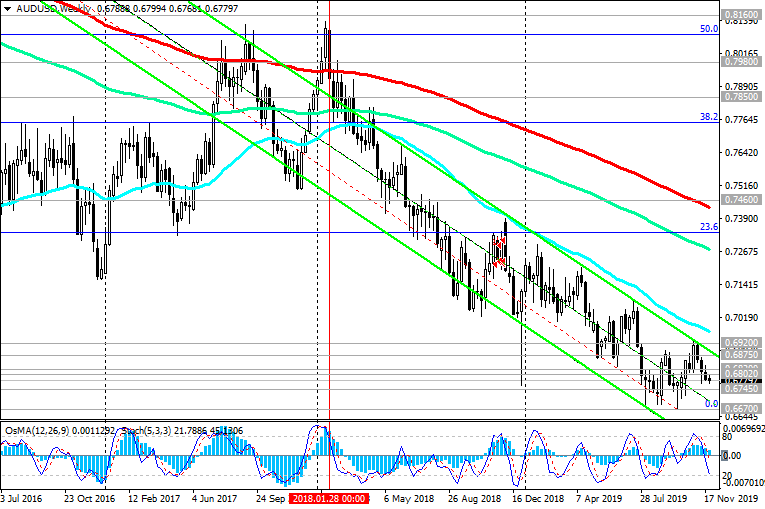
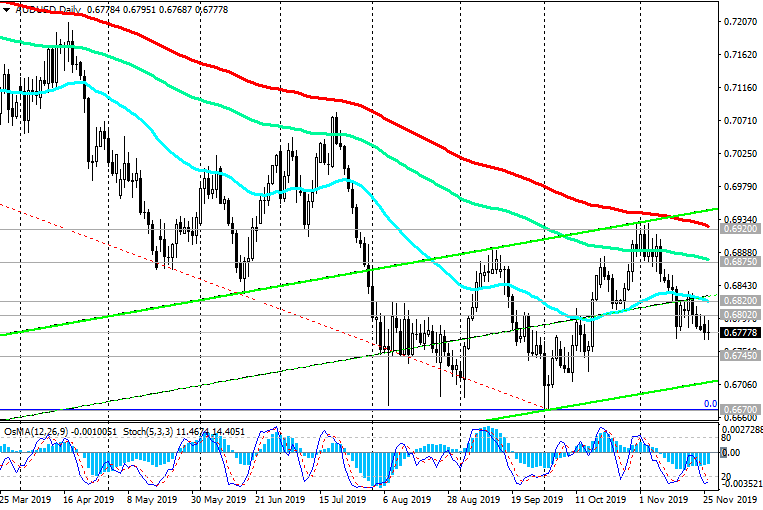
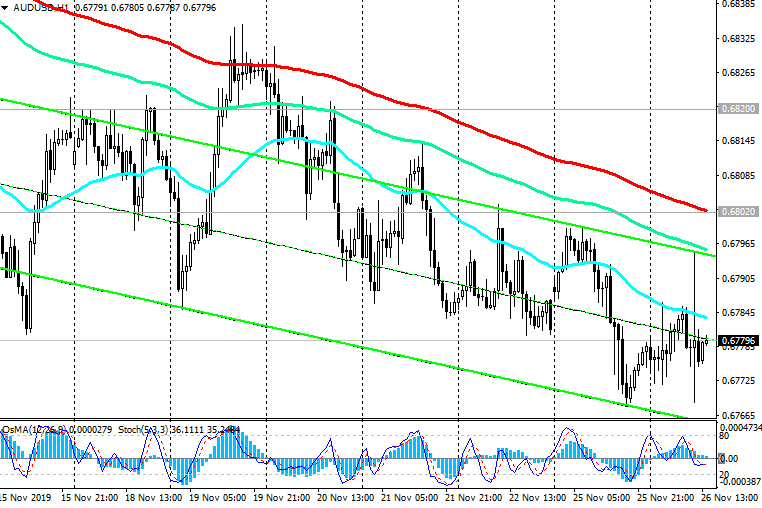
11/26/2019
AUD / USD remains in a long-term downtrend. Disappointing data from the Australian labor market, according to which unemployment rose in October by 0.1%, contributed to a sharp weakening of the Australian dollar and the fall of the pair AUD / USD.
OsMA and Stochastic indicators on the weekly and daily charts are on the side of sellers.
In case of further decline, the targets will be the support levels of 0.6670 (lows of 2019), 0.6600, 06570 (the lower line of the downward channel on the weekly chart).
The distant target is located at support levels of 0.6260, 0.6000 (lows of 2008 - 2009).
A signal for the development of an alternative scenario could be a breakdown of the resistance level 0.6802 (ЕМА200 on the 1-hour chart).
However, the growth of AUD / USD will be limited by resistance levels of 0.6875 (ЕМА144 on the daily chart), 0.6920 (ЕМА200 on the daily chart).
Despite the recent lower interest rates and lower income taxes, consumer confidence in Australia last week fell to its lowest level in more than four years. Consumers' assessment of the future prospects of the Australian economy is currently at the lowest level in the history of this survey.
This year, Australia's central bank lowered its key interest rate three times (to the current record low of 0.75%), and markets expect another cut in early 2020.
The next RBA meeting on monetary policy will be held next week. It will take place against the backdrop of rising unemployment (up to 5.3% in October), weak GDP growth and declining consumer confidence.
If the RBA decides to lower the rate already at this meeting, then AUD is likely to fall under mass sales.
RBA managing director Philip Lowe said today that if the key rate is lowered to 0.25%, the issue of quantitative easing will be considered.
"There may come a time when quantitative easing will be necessary to support our collective well-being, but that moment has not come yet, and I hope that will not", Lowe said.
“I hope that other options for state policy will also be included in the agenda”, he said.
Thus, we should expect further weakening of AUD and the fall of the pair AUD / USD.
Support Levels: 0.6745, 0.6700, 0.6670, 0.6600, 0.6300
Resistance Levels: 0.6802, 0.6820, 0.6875, 0.6920
Trading Recommendations
Sell by market, Sell Limit 0.6800, 0.6820. Stop-Loss 0.6830. Take-Profit 0.6745, 0.6700, 0.6670, 0.6600, 0.6300
Buy Stop 0.6830. Stop-Loss 0.6770. Take-Profit 0.6870, 0.6900




